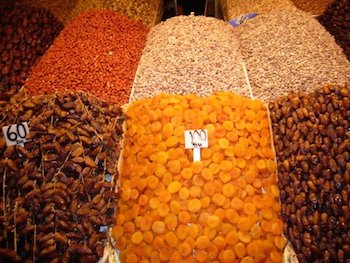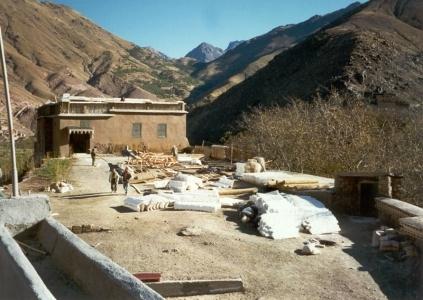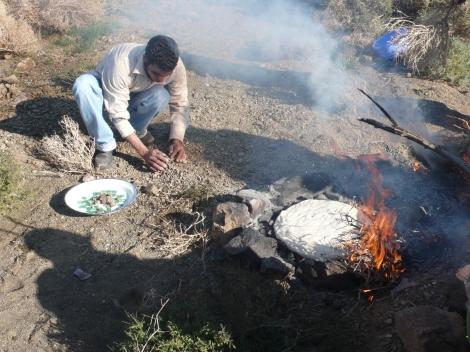A History Tour of Moroccan Dates, 45 Varities & Recipes
Dates have played an important part in Moroccan cuisine for thousands of years. Archaeological evidence suggests the cultivation of dates all the way back in 6,000 BC in Arabia. The date palm was a major source of life for thousands…











